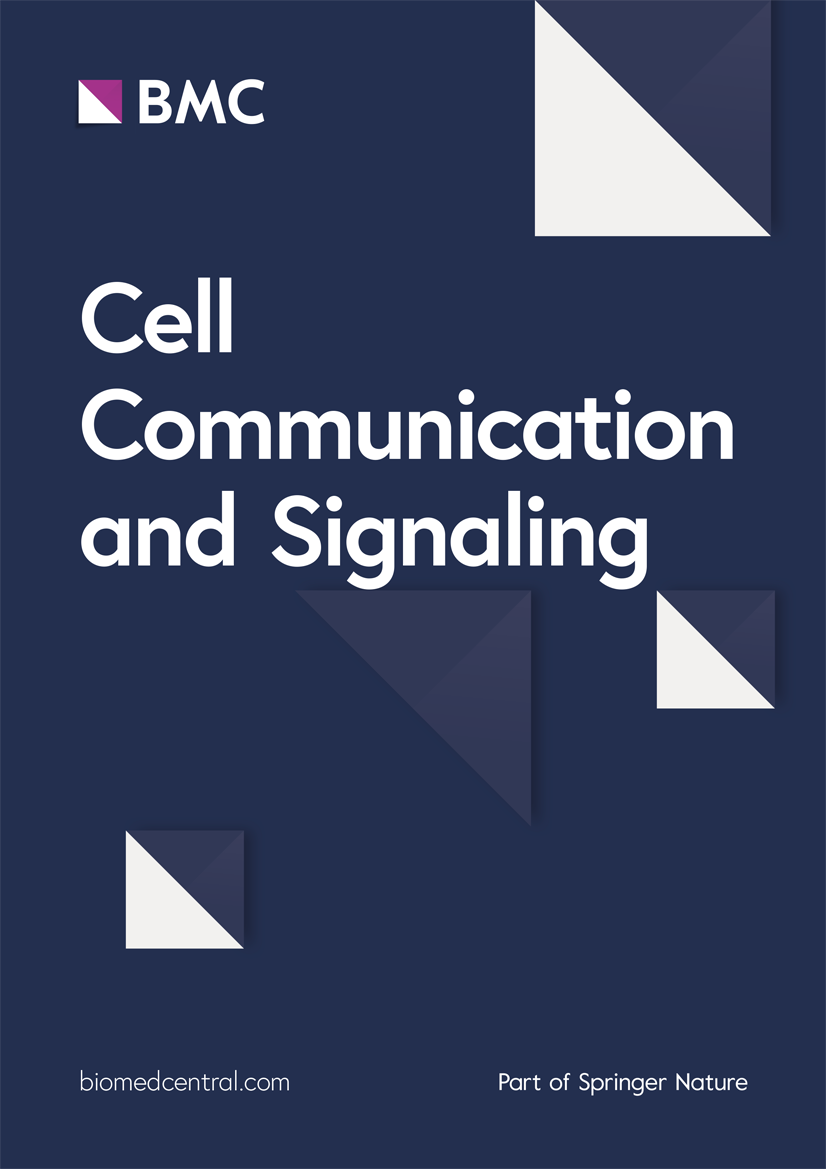A senior moment: What is the program of programmed cell death?
IF 8.2
2区 生物学
Q1 CELL BIOLOGY
引用次数: 0
Abstract
A previously generated sequence of putative mRNA from intersegmental muscles of Manduca sexta moths just before the death of the muscles has been identified as the N-terminal sequence of a copper chaperone for superoxide dismutase. This observation suggests that prior blockage of a scavenger of free radicals may set the muscle up for free radical damage just before it begins very vigorous activity resulting in high oxygen demand.
老年时刻:程序性细胞死亡的程序是什么?
先前从Manduca sexta月蛾的肌节间肌中产生的推定mRNA序列已被确定为超氧化物歧化酶铜伴侣蛋白的n端序列。这一观察结果表明,自由基清除剂的预先阻塞可能会在肌肉开始非常剧烈的活动导致高氧气需求之前使肌肉受到自由基损伤。
本文章由计算机程序翻译,如有差异,请以英文原文为准。
求助全文
约1分钟内获得全文
求助全文
来源期刊

Cell Communication and Signaling
CELL BIOLOGY-
CiteScore
11.00
自引率
0.00%
发文量
180
期刊介绍:
Cell Communication and Signaling (CCS) is a peer-reviewed, open-access scientific journal that focuses on cellular signaling pathways in both normal and pathological conditions. It publishes original research, reviews, and commentaries, welcoming studies that utilize molecular, morphological, biochemical, structural, and cell biology approaches. CCS also encourages interdisciplinary work and innovative models, including in silico, in vitro, and in vivo approaches, to facilitate investigations of cell signaling pathways, networks, and behavior.
Starting from January 2019, CCS is proud to announce its affiliation with the International Cell Death Society. The journal now encourages submissions covering all aspects of cell death, including apoptotic and non-apoptotic mechanisms, cell death in model systems, autophagy, clearance of dying cells, and the immunological and pathological consequences of dying cells in the tissue microenvironment.
 求助内容:
求助内容: 应助结果提醒方式:
应助结果提醒方式:


